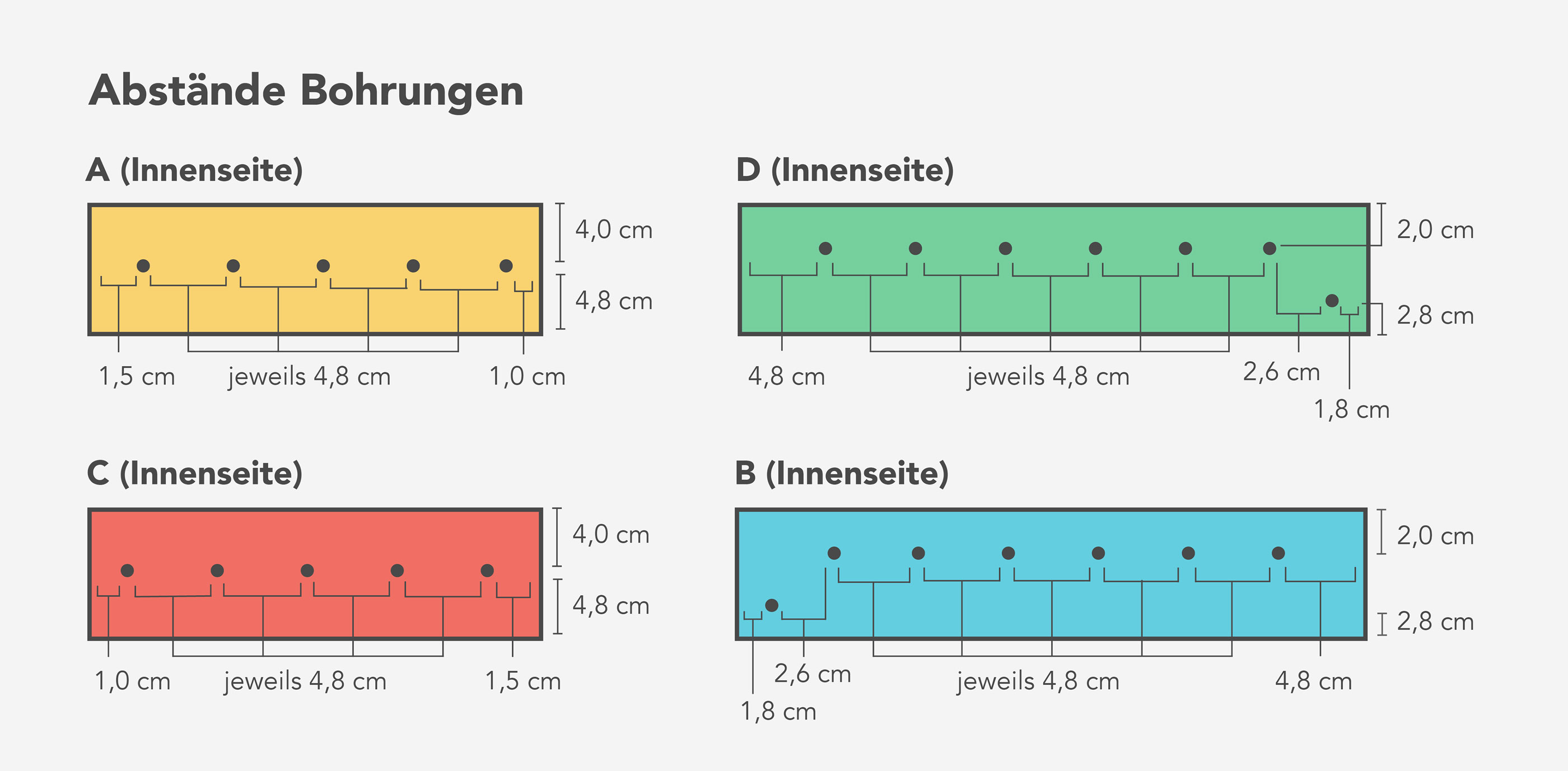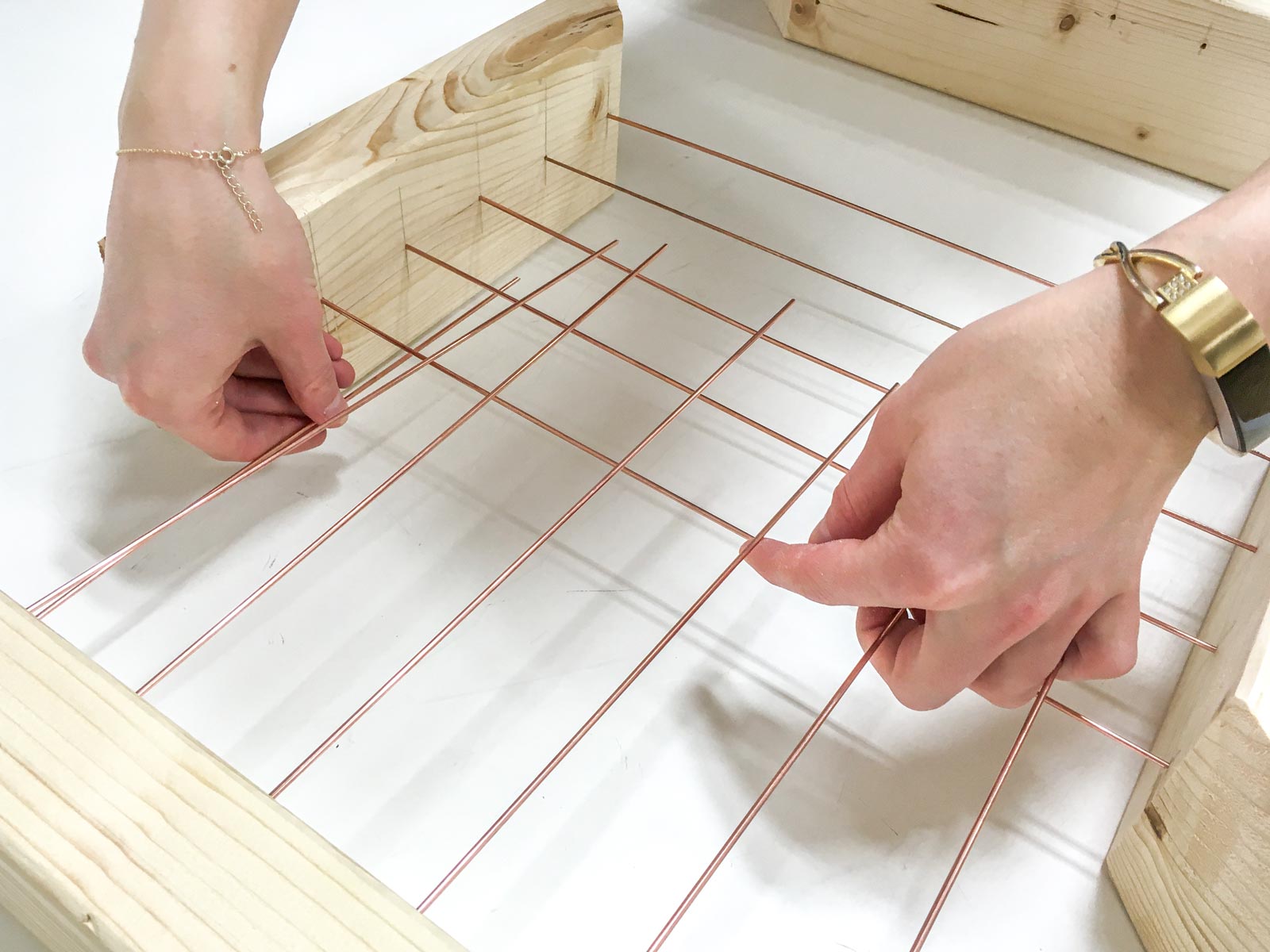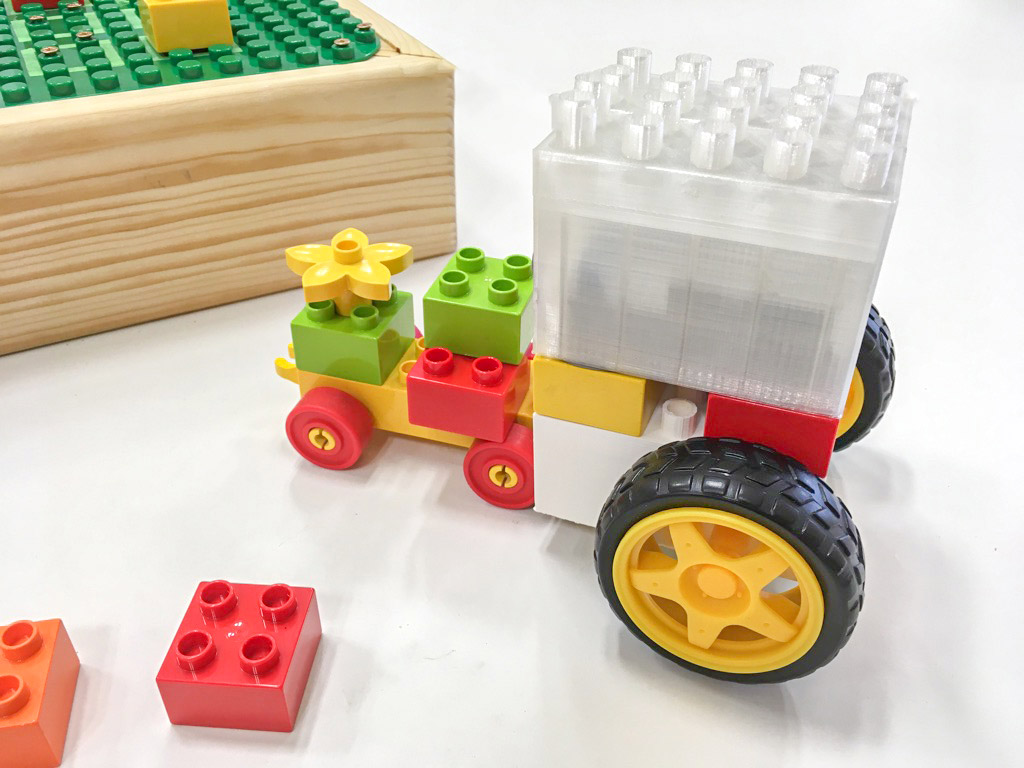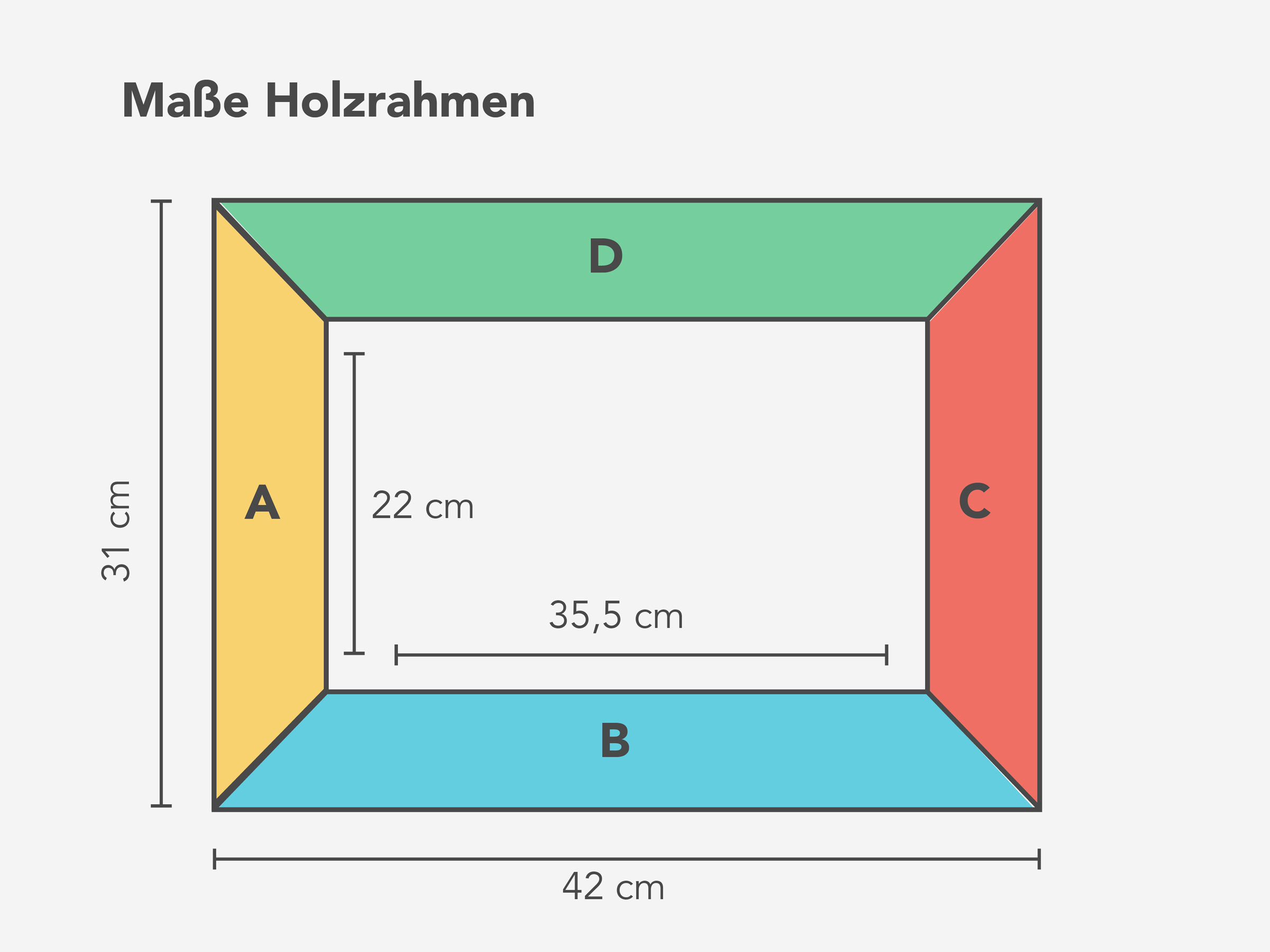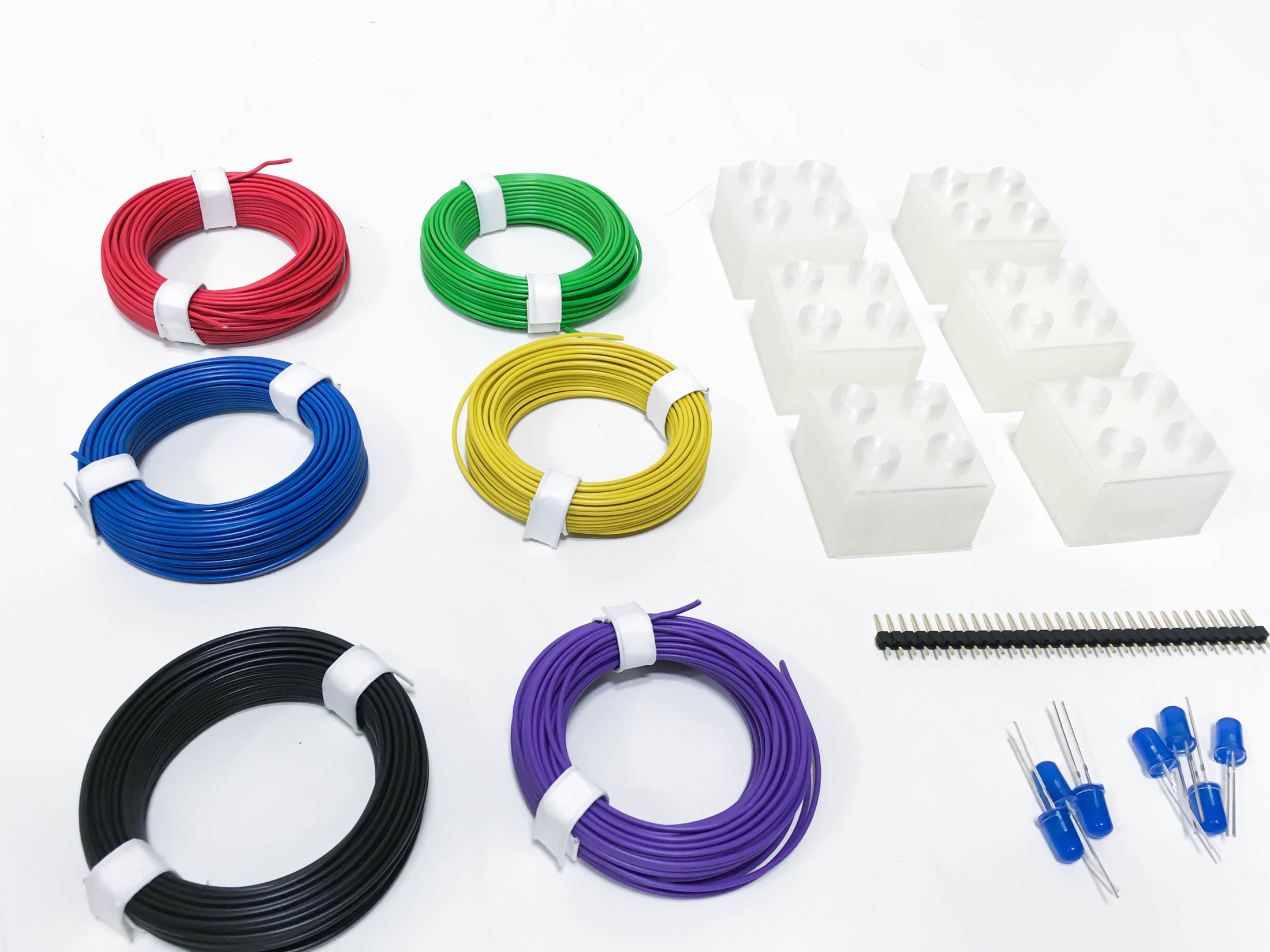Tinker Bricks
A Maker Project
––
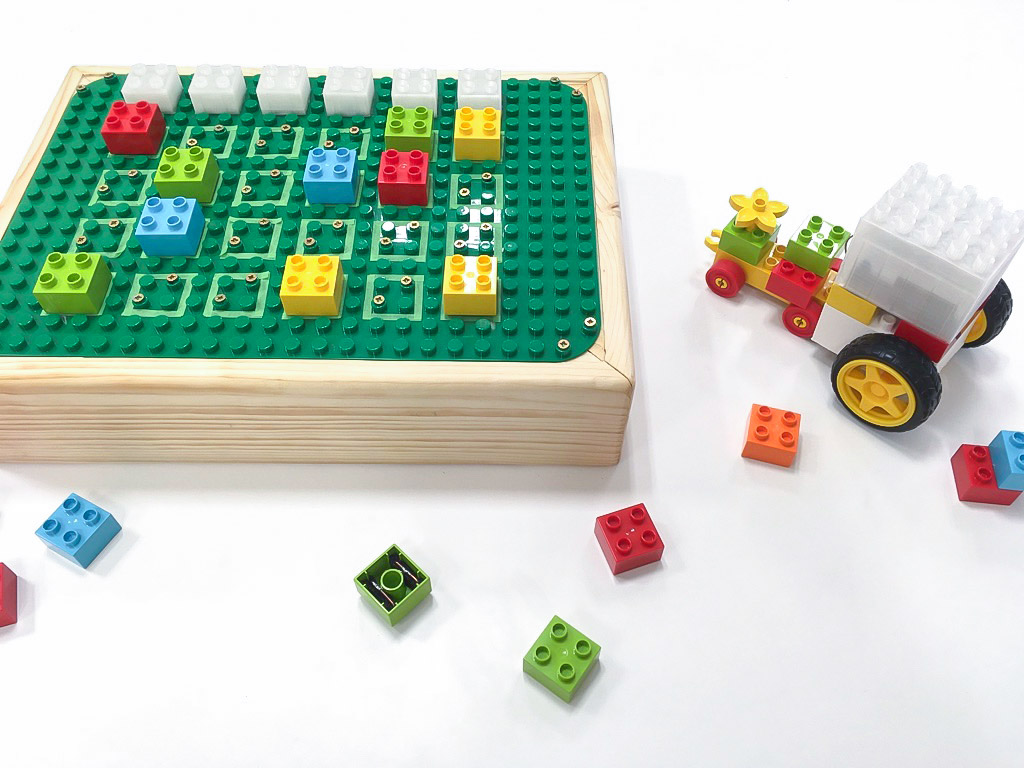
Tinker Bricks gives children an understanding of technology in a fun and entertaining way. Children often only play with LEGO Duplo for a few years before the toy disappears into the attic. Digitizing the toy extends the playtime with the colorful building blocks. In addition, children are taught their first knowledge of technology and programming in a playful way and without pressure. Thus, the creativity of the child is promoted by the individually applicable building blocks.
The special feature of Tinker Bricks is that no smartphone or tablet is needed to remote control the figurine. Instead, modified LEGO Duplo bricks are used to make the control and understanding of it more tangible. The building plate, which functions as the remote control, each color of a stone stands for a certain action and each position for an intensity of the specific action. So that not all actions are always performed at the same time, the columns on the board are supplied with power one after the other. This also stimulates the logical thinking of a child.

-> Tinker Bricks individual applicable building blocks
"Tinker Bricks combines a well-known and much used toy with possibilities of the technical/digital world. It is appealing that children do not need a
tablet or smartphone for this. It is very variable and therefore invites you to play more often or to linger."
– Dr. Julia Strohmer, jury member of the Future Design Award 2018, about Tinker Bricks
Concept
Tinker Bricks consists of two components: a kind of "remote control" and a customizable figurine. The figurine consists of different building blocks, each of which can perform different actions.
The child can use the "remote control" to determine which actions are to be performed by the figurine, when and in what order, in other words, to "program" them. This is achieved by placing special LEGO Duplo bricks on the connected building plate, which acts as a remote control for the motors, LEDs and various other actuators built into the figurine.
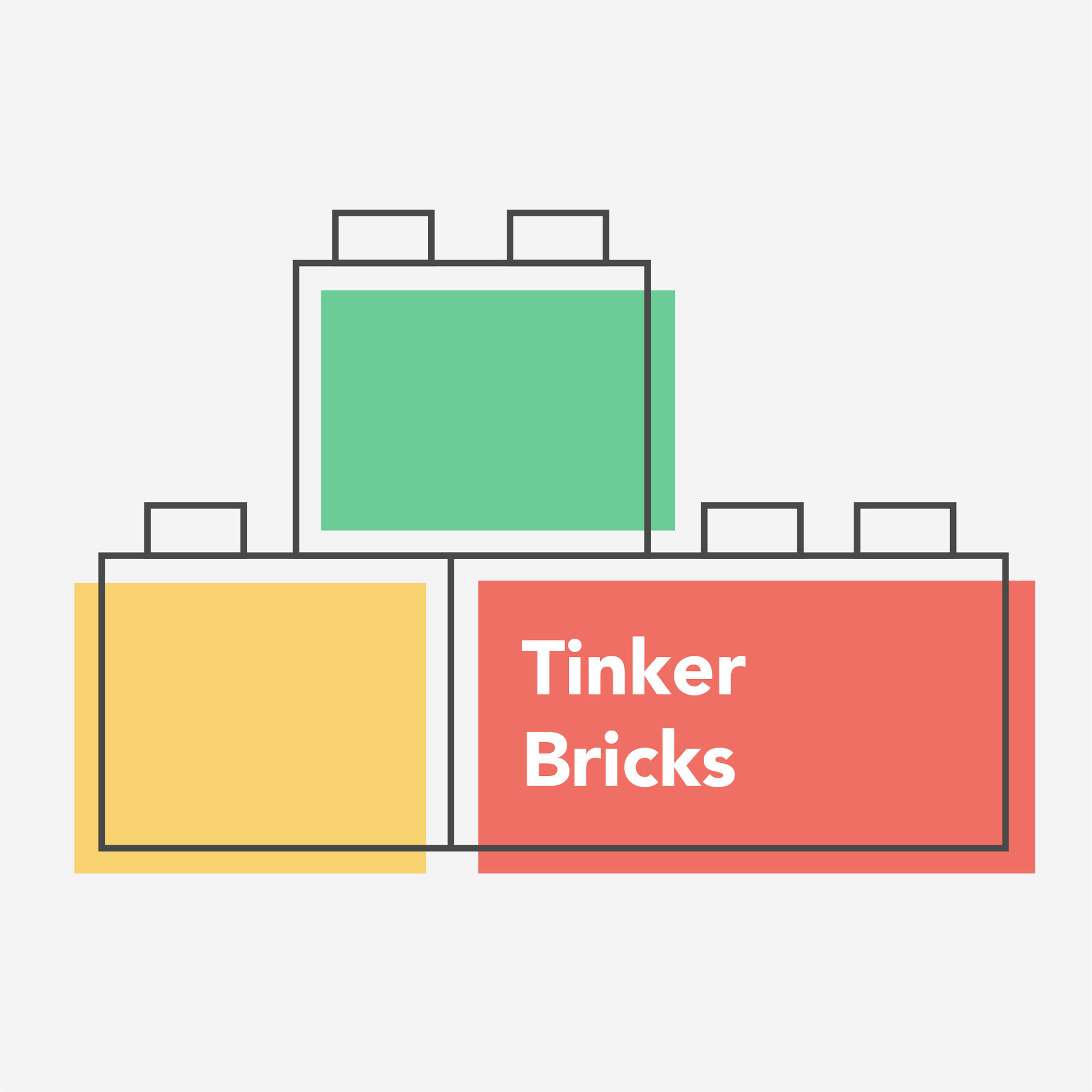
Creating a Maker Project
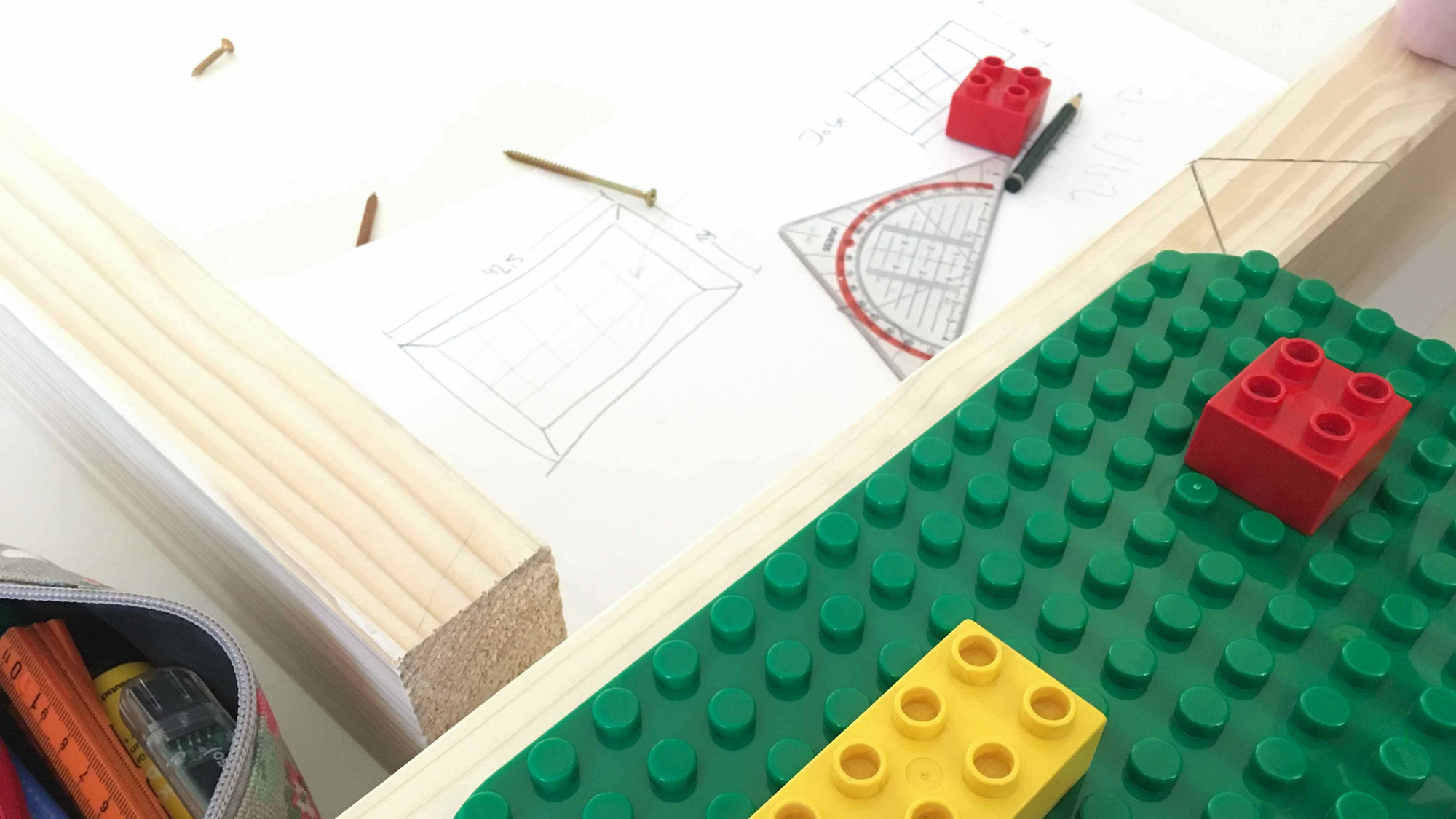
-> Our first steps on planing Tinker Bricks
Tinker Bricks was designed as a maker project. This means that it can be rebuilt with the help of our instructions. You have the option to simply get the LEGO Duplo from your attic and recycle it. It also can be extended with any additional features you like. The code is openly available. A special feature of Maker projects in education is that the bond between (for example) parents and their children can already be strengthened during the building phase by achieving something together.
Through the practical construction, a technical understanding of electronics and craftsmanship is developed. Later, Tinker Bricks helps to promote logical thinking and already generates an approach to programmatic thinking.
